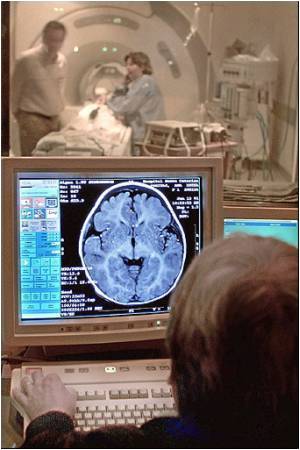
Studying nerve injury in roundworms, researchers at the Queensland Brain Institute (QBI) have been able to come up with an effective regeneration process. The research takes us a step closer to understanding how to promote repair in the nervous system.
“Though damaged nerves reconnect in a number of different ways, the underlying mechanisms remain poorly understood,” says Dr Brent Neumann, the postdoctoral fellow who carried out the work in the laboratory of Dr Massimo Hilliard.
The research, published in Developmental Dynamics, examines a process called axonal fusion, which has been observed in crayfish, earthworms, leeches and now in the roundworm Caenorhabditis elegans (C. elegans).
It offers a fundamentally different mechanism for regeneration of axons (long structures that look like cables and conduct electrical impulses between neurons) than those traditionally proposed.
Using fluorescent imaging, the QBI study showed that axonal fusion is a highly effective way to restore neuronal connections with the target tissue.
Advertisement
“In the worm, this process happens automatically a certain percentage of the time,” Dr Hilliard explains.
Advertisement
“We do not know yet if something similar occurs in humans, but if it is not in place it doesn't mean we can't make it happen.”
The research was carried out in collaboration with Professor David Hall of the Albert Einstein College of Medicine in New York, and Associate Professor Adela Ben-Yakar of the University of Texas at Austin.
Source-Medindia






